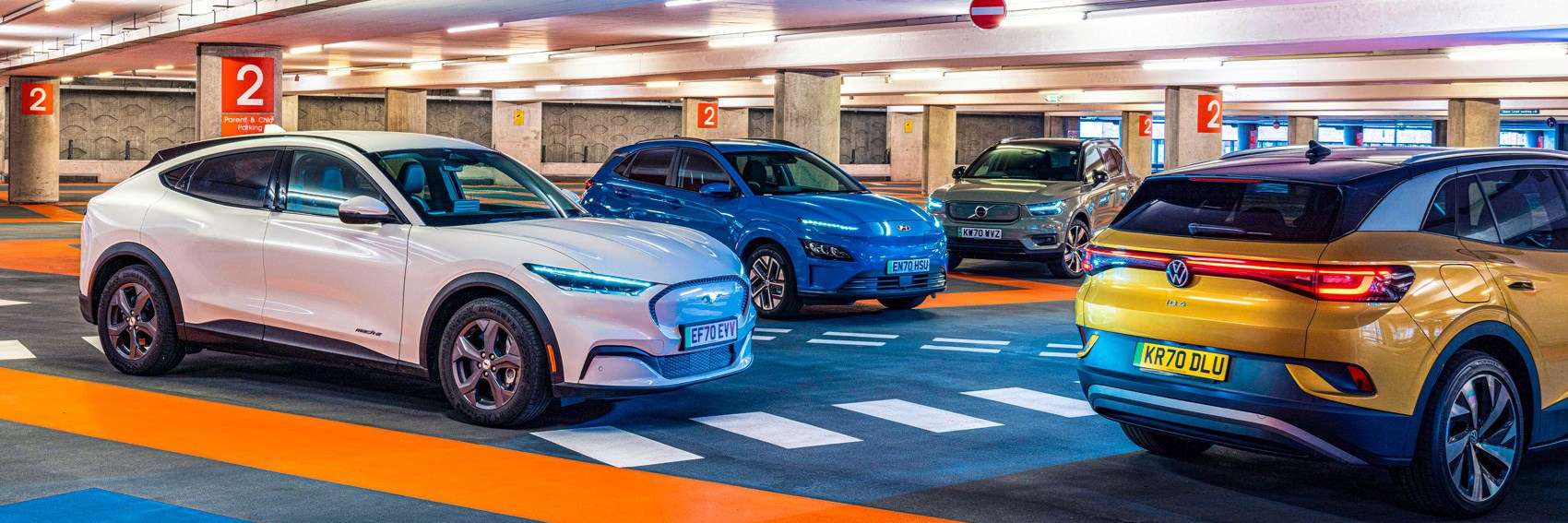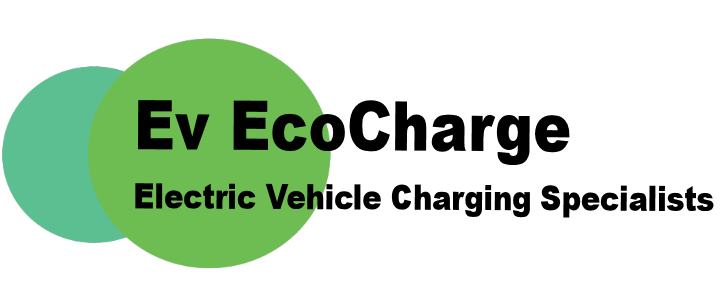
Phone: 07786 148009
Email: enquiry@evecocharge.com


Home electric vehicle chargers come in two styles – tethered and untethered. There are benefits and things to consider for both
Deciding how to charge your electric vehicle (EV) is one of the main things you’ll need to figure out before making the switch. Specifically, you’ll need to choose whether you’ll be opting for a tethered or untethered home charger if you plan on having a charging point fitted.
Both types of chargers have their benefits but also come with some things to consider. You’ll need to weigh up your options to see which charger suits your needs more, and then you’ll be able to plug in at home and keep your EV charged.
A tethered home charger for an EV is a type of wall box set-up that has a cable attached for you to plug into the car. It has a Type 2 cable wired into the unit, meaning you don’t need to find your cable each time you want to charge up. You can find tethered chargers where the cable is visible, but also set-ups that have the cable contained inside the box.
No stress about forgetting your cable: it’s already ready and waiting each time you want to charge. Less faff: you won’t need to go through the extra steps of fitting your cable into the charging box before you can plug it into your EV.
Can look bulkier: having the added cable means it might be on show all the time, or the unit itself might be bigger to contain it. Those who like minimalist design might be put off. Keeping it neat: you’ll need a cable tidier fitted to keep your cable in its proper place. Without one, your cable might get in the way or get damaged.
An untethered car charger doesn’t have the fitted cable that tethered units have, so you’ll need to plug in your own. These types of wall boxes have an outlet for the charging cable to plug into, so you’ll need to have one available each time you charge.
Neater: untethered chargers are smaller and tidier than tethered chargers, as they’re essentially just an extra outlet socket just for your EV cable. This means they’re also neater to install, and you can upgrade your charging cable whenever you like. Cheaper: untethered charging units are usually cheaper than tethered chargers, but you will need to factor in the costs for a compatible charging cable if you don’t already have one.
Not for the forgetful: if you know you’ll struggle to remember your charging cable, you might be better with a tethered charging point. If you don’t have a cable on hand, you won’t be able to plug in and charge up.
The type of EV charging connector you use will depend on the type of charging you’re choosing. For tethered and untethered chargers at home, you’ll most likely be using a Type 1 or Type 2 EV connector.
Type 1 EV connectors are a five-pin plug set-up, and are mostly used on older models and North American models. They’re not as common in the UK or Europe, and new models will mostly use Type 2.
The Type 2 connector is the most commonly-used charger in the UK and Europe, and the one you’ll probably use to plug into your untethered charging unit.
It’s a seven-pin plug that will fit into every new model of electric car and allows the car to connect to your home charging point or most public chargers. A Type 2 7kW charger can offer an EV with a 40kWh battery a full charge in four to six hours.
There are a few other options for EV charger connectors that you might run into if you choose to use a rapid or ultra-rapid charger setup.
These include the Combined Charging System (CCS) connectors that are the most popular form of rapid or ultra-rapid connector, or the CHAdeMO connectors that are favoured by Japanese and Korean manufacturers.
© Copyright 2023 Ev Ecocharge
All Rights Reserved ~ Crazyweb Design
